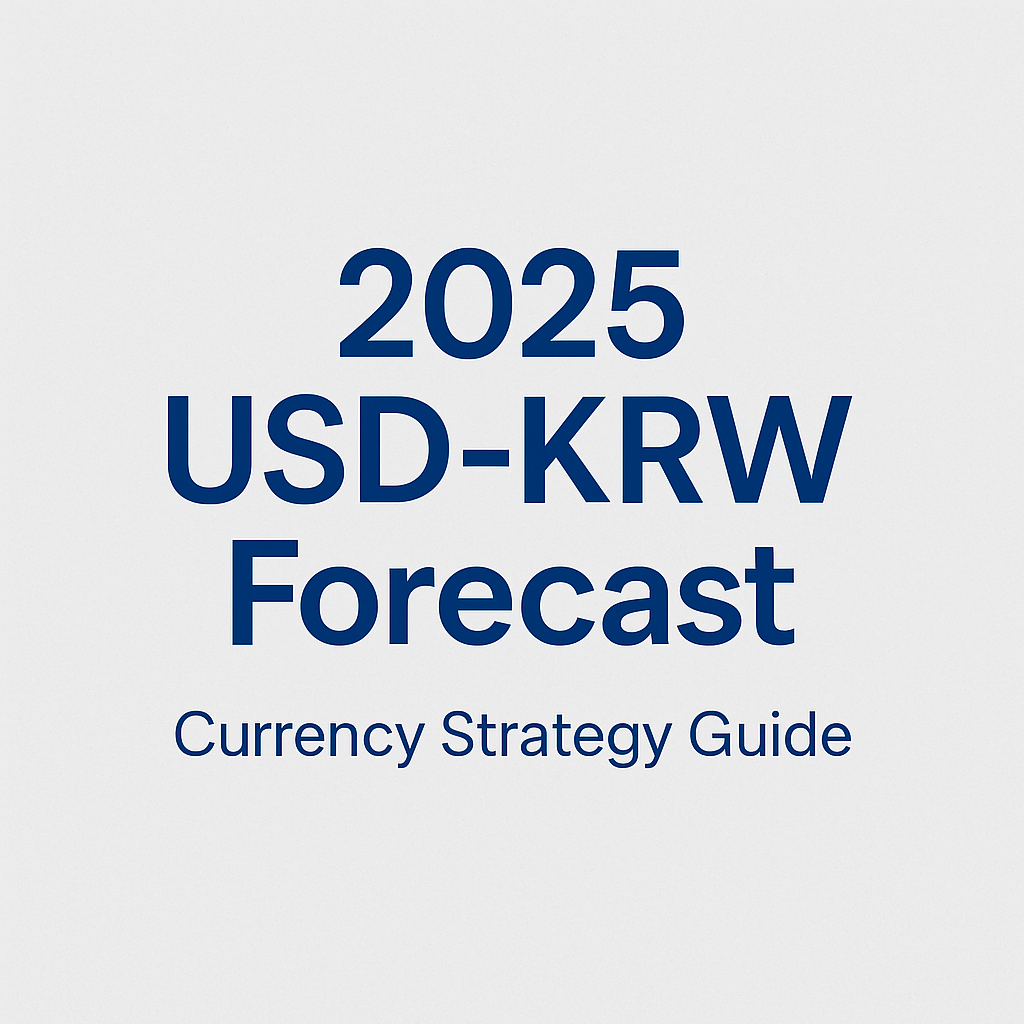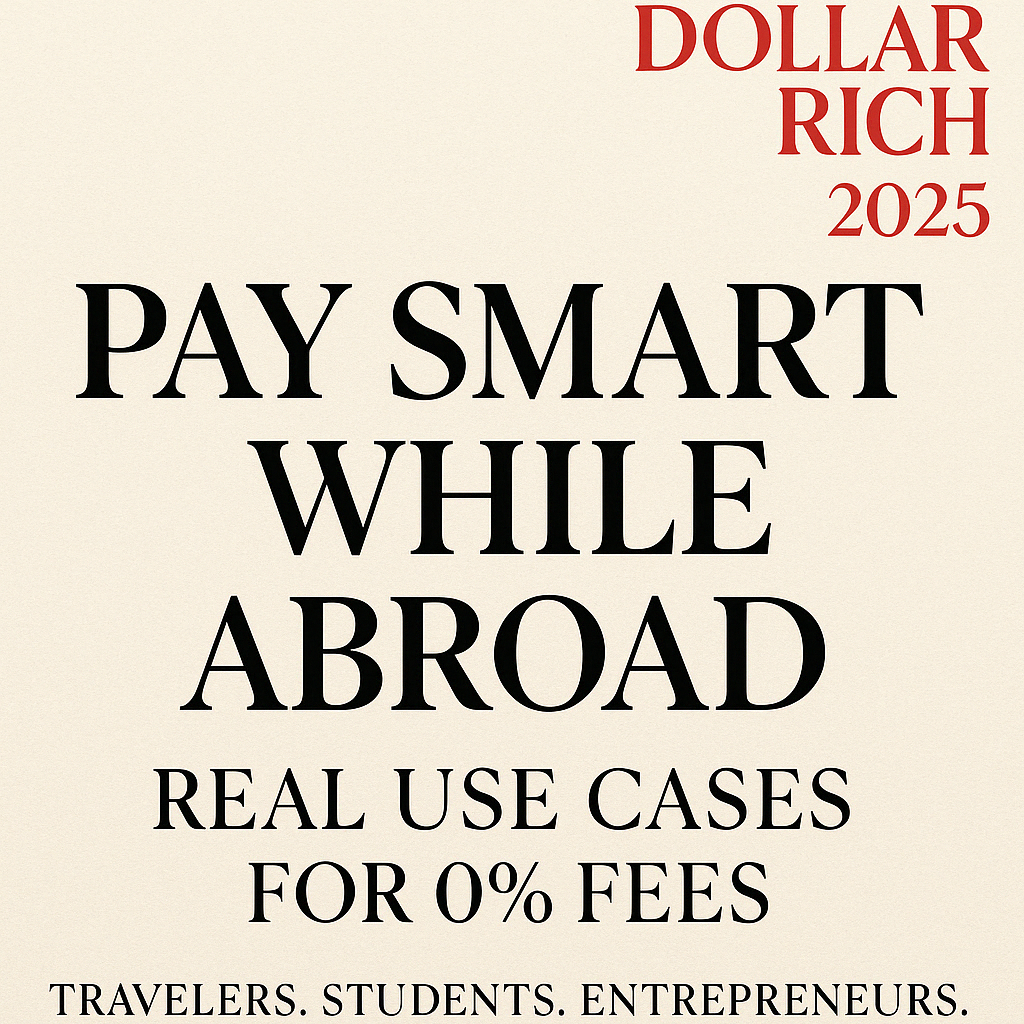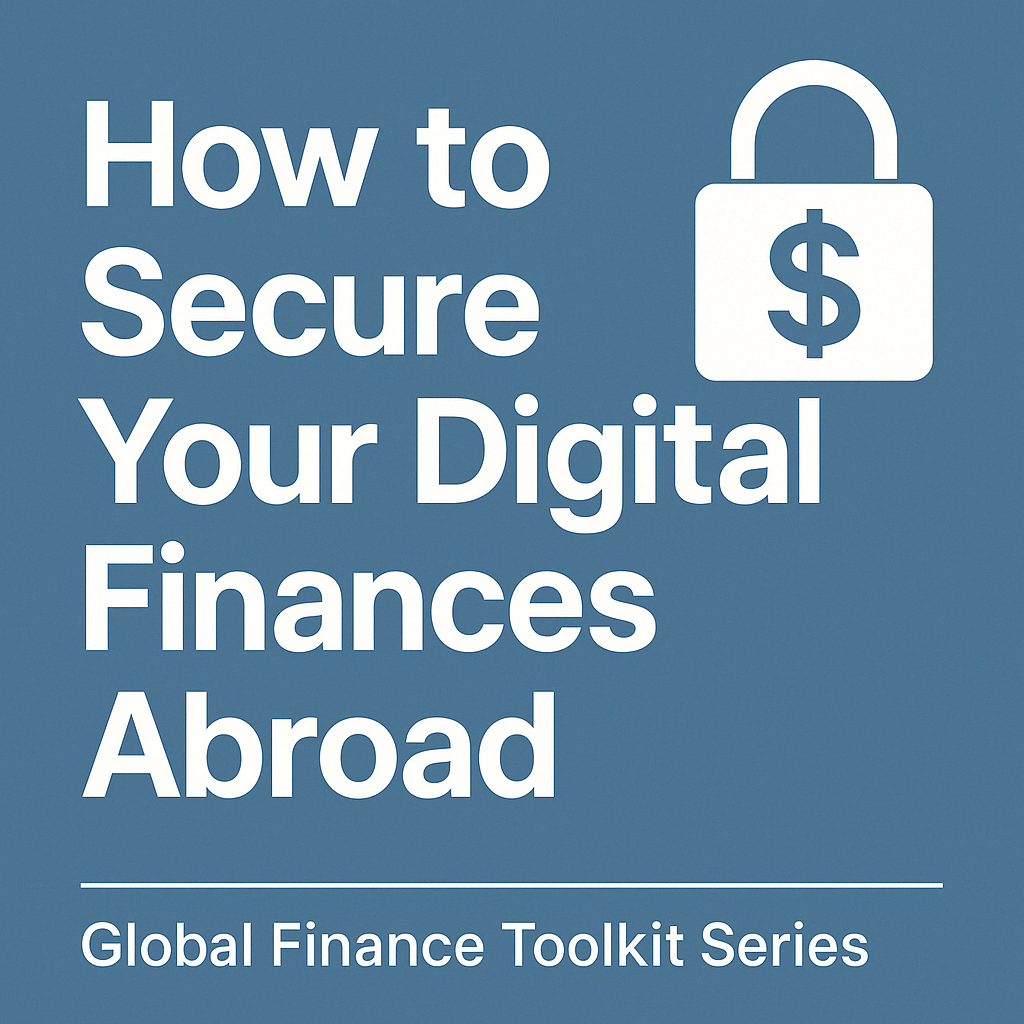Introduction: Why Zero-Fee Cards Matter More Than Ever
International purchases—whether made while traveling, studying abroad, or shopping online—often come with hidden costs.
Foreign transaction fees, currency conversion margins, and dynamic currency conversion charges can silently drain your money.
In 2025, choosing the right payment card is more than just convenience—it’s a personal finance strategy.
This guide introduces five of the best global credit and debit cards that offer zero foreign transaction fees, competitive exchange rates, and traveler-friendly perks.
How Foreign Transaction Fees Work (And Why They Matter)
Most people are unaware of how much they lose every time they swipe a card overseas:
- Foreign Transaction Fee (1–3%)
This is added on top of the purchase amount by your card issuer or network (Visa, Mastercard, etc.). - Currency Conversion Markup (often hidden)
Banks may offer rates that include a hidden markup of 1–2% from the mid-market rate. - Dynamic Currency Conversion (DCC)
Some merchants let you pay in your home currency at checkout—but this often comes with a poor exchange rate and higher fees.
Even on small purchases, these costs add up quickly—especially for travelers, digital nomads, and international shoppers.
Top 5 Zero-Fee Cards for International Payments in 2025
1. Capital One Venture X (USA)
- No foreign transaction fees
- Excellent travel rewards
- Global Visa acceptance
- Strong travel protections and airport lounge access
2. Revolut Metal (Global)
- Mid-market exchange rates (no markup on weekdays)
- Up to $1,000/month fee-free exchange
- Works as a prepaid card across 140+ countries
- Budgeting and saving tools built in
3. Chase Sapphire Preferred (USA)
- No FX fees
- 2x points on travel and dining
- Trusted for global travel
- Strong purchase protection benefits
4. Wise Debit Card (Global)
- Real exchange rate with minimal transparent fee
- Supports 50+ currencies
- Ideal for freelancers, remote workers, and students
- Virtual and physical card options
5. American Express Gold International (Selected Markets)
- No foreign transaction fees
- Bonus points on travel & food
- Concierge service for global users
- Note: Amex acceptance may be limited in some countries
How to Choose the Right Card for You
Before selecting a card, consider these key factors:
- Acceptance: Visa and Mastercard have the widest global coverage
- Exchange Rate: Cards like Wise and Revolut offer near real-time market rates
- Annual Fee: Some high-tier cards waive fees if spending minimums are met
- Cashback & Rewards: Choose cards aligned with your spending habits (e.g. travel, groceries, dining)
- Other Features: Airport lounge access, travel insurance, lost luggage coverage, and customer service quality
Strategic Tips for International Card Use
- Avoid ATM withdrawals if your card charges extra fees
- Always choose to pay in the local currency
- Monitor real-time exchange rates using apps like Wise or XE
- Use virtual cards for online shopping on unfamiliar sites
Conclusion: Turn Everyday Spending into a Smart Currency Strategy
In 2025, international spending doesn’t have to mean paying extra.
By choosing a card that eliminates foreign transaction fees and offers strong exchange rates, you can save hundreds of dollars every year.
Use this guide as your starting point—and treat your payment method as part of your global financial plan.
Smart card choices = smart money strategy.









